
Innovation, Entrepreneurship and Competitiveness

Recommendations on Streaming Data: E-Tourism Event Stream Processing Recommender System
The Association for Computing Machinery ACM recommendation systems challenge (ACM RecSys) [1] released an e-tourism dataset for the first time in 2019. Challenge shared hotel booking sessions from trivago website asking to rank the hotels list for the users. Better ranking should achieve higher click out rate. In this context, Trivago dataset is very important for e-tourism recommendation systems domain research and industry as well. In this paper, description for dataset characteristics and proposal for a session-based recommender system in addition to a comparison of several baseline
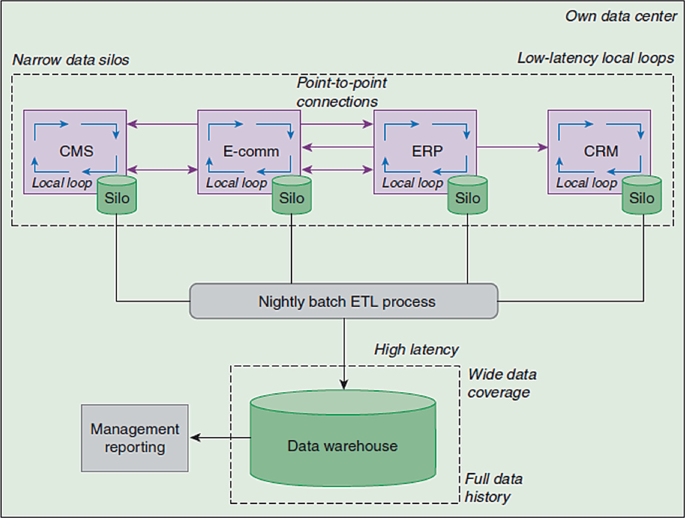
Walk Through Event Stream Processing Architecture, Use Cases and Frameworks Survey
Nowadays events stream processing is one of the top demanding field(s) because of the business urgent need for ongoing real time analytics & decisions. Most business domains avail huge amount of data aiming to make use of each data point efficiently. Corporate(s) have a cloud of events vary from internal business transactions, social media feeds, IoT devices logs,.. etc. In this paper we would discuss state of the art event stream processing technologies using cloud of events by summarizing event stream processing definition, data flow architectures, common use cases, frameworks and
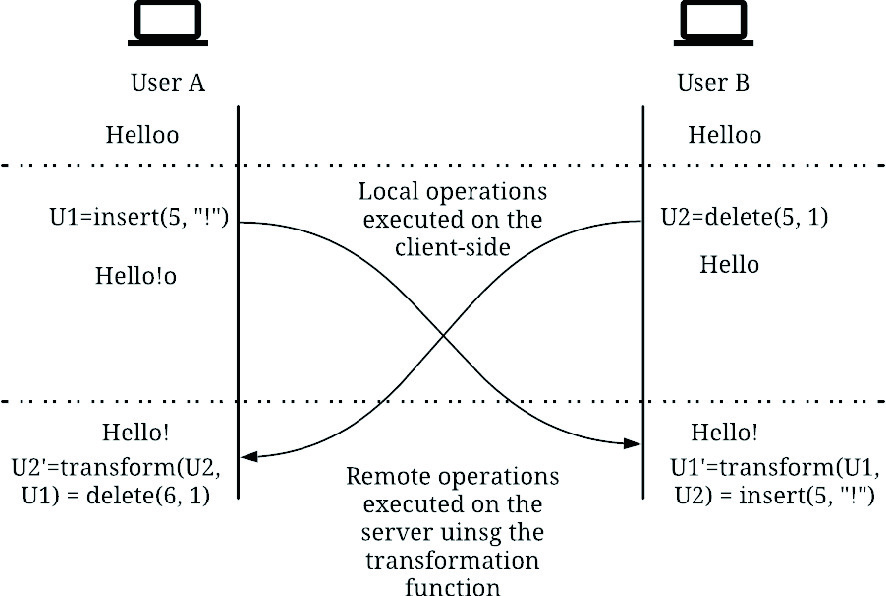
A Survey of Concurrency Control Algorithms in Collaborative Applications
Collaborative applications are becoming more prevalent for a variety of reasons, most important of which is the increased interest in remote work. In addition to adapting the business processes to a remote setting, designers of collaborative software have to decide on how their software can be used collaboratively. This paper discusses the two main technologies used to enable network-based real- or near-real-time collaborative software, namely Operational Transformation and Conflict-free Replicated Data Types. Recent developments in each technology are discussed, as well as a brief overview of

Handwriting Letter Recognition on the Steering Wheel Switches
Automotive steering wheel switches technologies are evolving to give easy access to the several interior or exterior functions. This is worth a deep analysis for the current trends in order not to become unintuitive for the driver due to the increasing number of buttons. Through different technologies particularly the capacitive ones, range of innovative solutions have been developed like reconfigurable buttons on the steering wheel to offer commanding several functions twice or triple the number of allocated push buttons. In this paper, we address the problem in a different freely way to
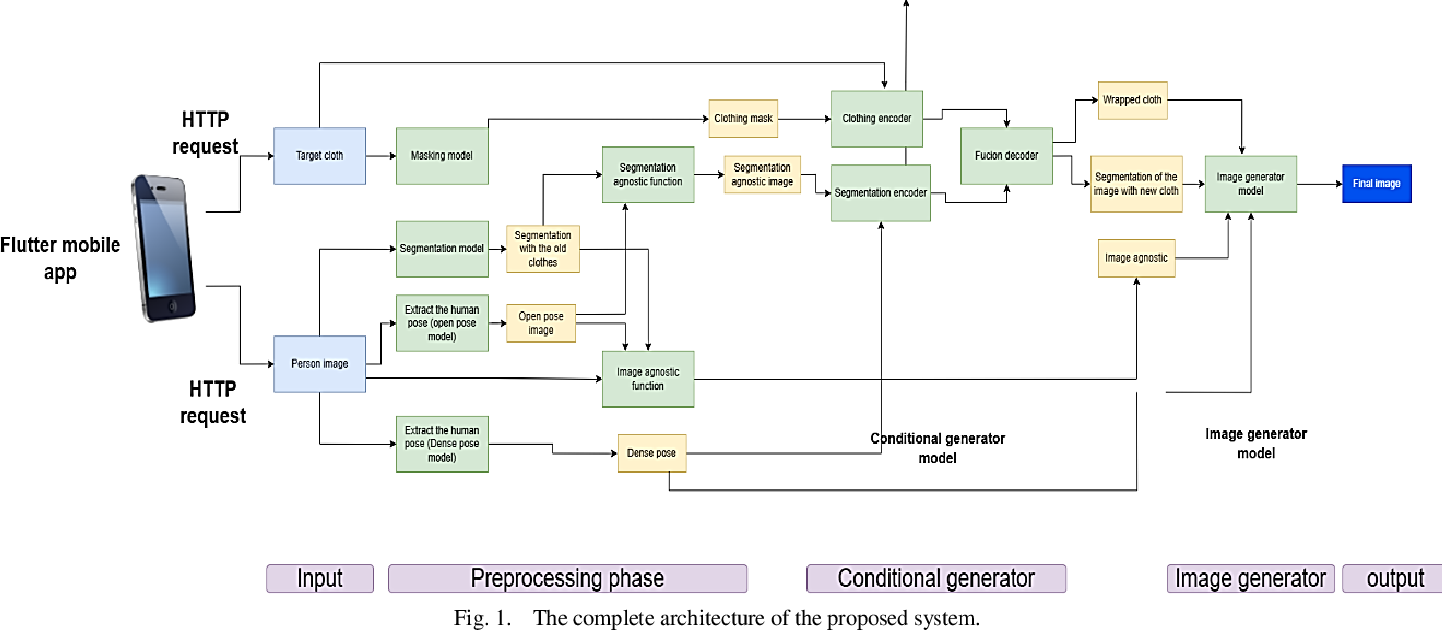
A Cost-Efficient Approach for Creating Virtual Fitting Room using Generative Adversarial Networks (GANs)
Customers all over the world want to see how the clothes fit them or not before purchasing. Therefore, customers by nature prefer brick-and-mortar clothes shopping so they can try on products before purchasing them. But after the Pandemic of COVID19 many sellers either shifted to online shopping or closed their fitting rooms which made the shopping process hesitant and doubtful. The fact that the clothes may not be suitable for their buyers after purchase led us to think about using new AI technologies to create an online platform or a virtual fitting room (VFR) in the form of a mobile
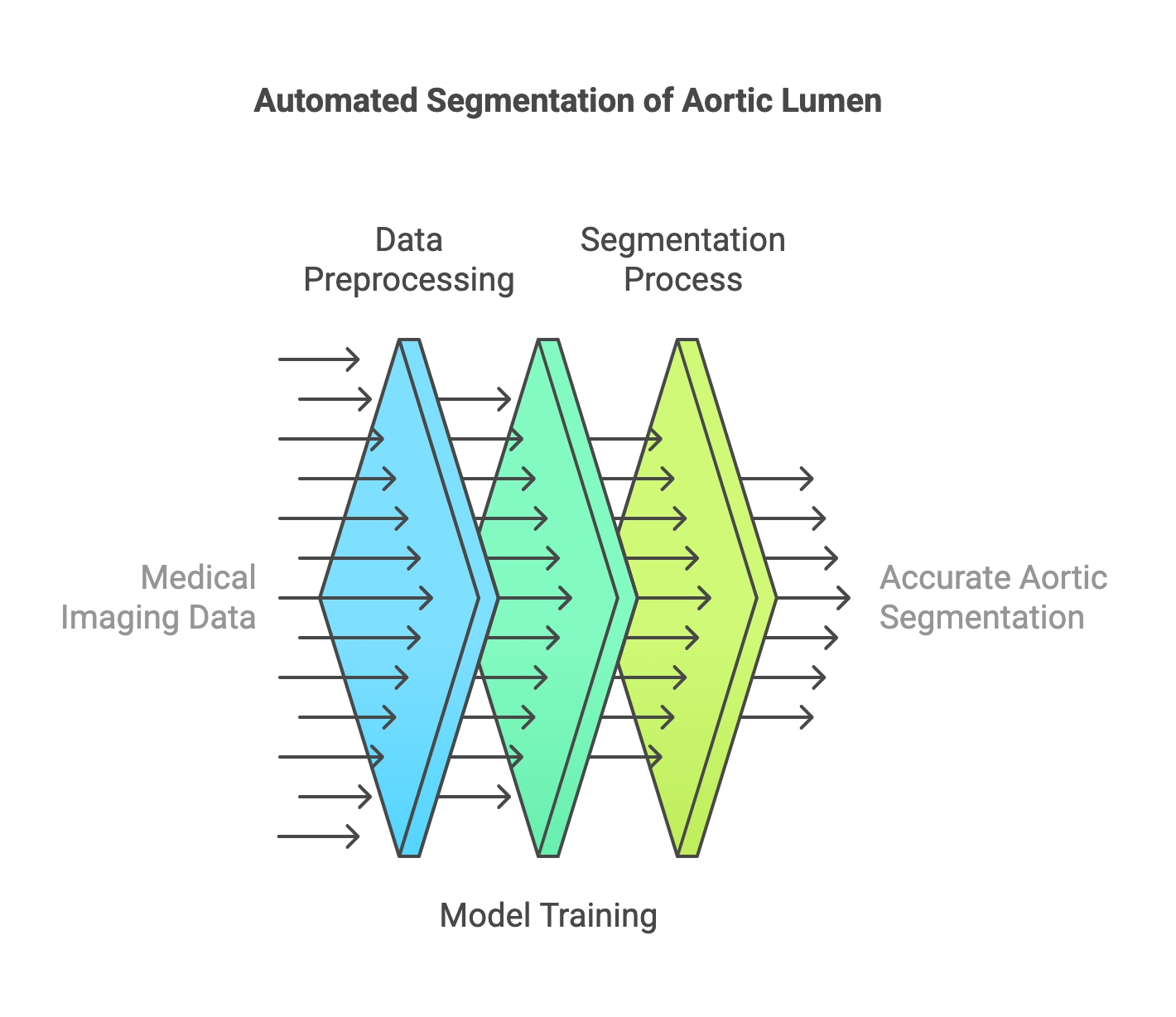
Automated Deep Learning Pipeline for Accurate Segmentation of Aortic Lumen and Branches in Abdominal Aortic Aneurysm: A Two-Step Approach
Abdominal Aortic Aneurysm (AAA) is a serious medical condition characterized by the abnormal enlargement of the abdominal aorta. If left untreated, AAA can have life-threatening consequences. Accurate segmentation of the aorta in Computed Tomography Angiography (CTA) images plays a vital role in treatment planning for AAA. However, manual and semi-automatic segmentation methods suffer from limitations in terms of time and accuracy. This study presents a deep learning pipeline that aims to fully automate the precise and efficient segmentation of the aorta and its branches within CTA images. A

The Implication of Metaverse in the Traditional Medical Environment and Healthcare Sector: Applications and Challenges
There are a lot of studies that have been presenting the idea of the metaverse since 2021. It's the term for the next-generation mobile computing platform, which will be extensively utilized in the future and refers to the internet accessed through VR and AR glasses. The range of illnesses people face today is different from what it was decades ago. Cancer, COPD, diabetes, heart disease, and asthma are just few of the many non-communicable diseases that pose a serious risk to human health in the modern world. As a result, efforts toward chronic disease prevention and management need to be

Shell folded footings using different angles and EPS cavity filling: experimental study
Shell folded footings have drawn the interest of researchers for decades as an alternative to typical flat isolated footings because folded footings can reduce the needed amount of reinforced concrete in addition to enhancing the overall geotechnical performance of the supporting soil medium. The main setback of utilizing such folded footings is the relatively complex geometry of the bottom cavity, which requires proper compaction of the soil used to fill that cavity. Current geosynthetic materials such as geofoam or expanded polystyrene (EPS) proved efficiency in many geotechnical
Decision Analysis for the Influence of Incorporating Waste Materials on Green Concrete Properties
Concrete industry is challenged by sustainability and technical concerns. Sustainability includes minimization of raw material usage, energy consumption, and emission of greenhouse gases, while technical concerns comprise the enhancement of mechanical properties and durability such as compressive strength, resistance to chloride, acids, and elevated temperatures. Therefore, recycling of industrial waste in manufacturing of green concrete has become a robust viable alternative to disposal, due to the limited natural resources and raw materials which contribute to sustainable construction
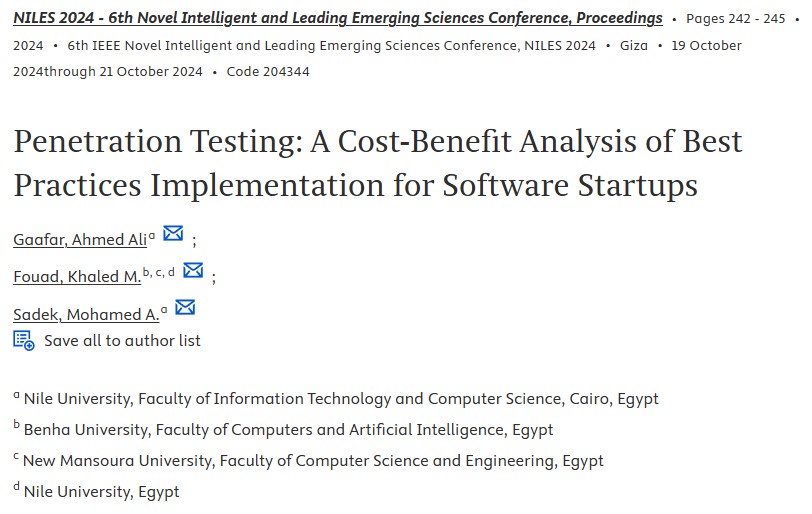
Penetration Testing: A Cost-Benefit Analysis of Best Practices Implementation for Software Startups
Despite software startups often not handlingsensitive data, the implementation of robust security measures is crucial to mitigate significant financial and reputational risks. This study investigates the cost-benefit analysis of implementing best practices in penetration testing (Pentest) versus notimplementing them, using Roboost as a case study. It emphasizes that proactive security investments not only protect current assets but also prepare organizations for future growthThe research employs a mixed-methods approach, combining quantitative analysis of financial data with qualitative